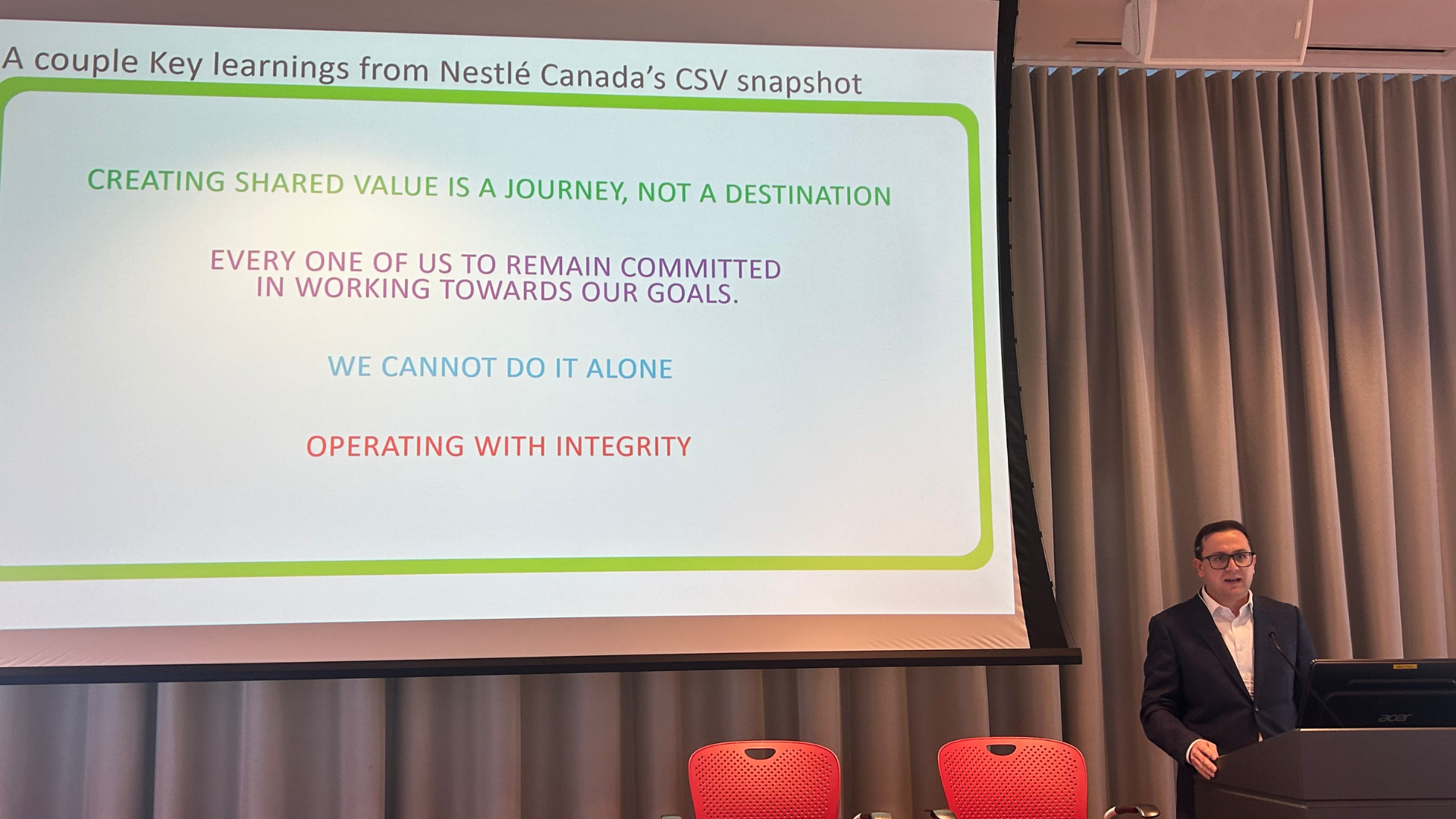OPERATIONS MANAGEMENT RESEARCH STAFF
Using Robotics to Improve Warehouse Efficiency and Speed up Deliveries
March 10, 2022 ·
Contributed by: Izabela Shubair, DeGroote Contributor
Share

At first, the circular robots appear to be doing a strange, synchronized dance. They spin, move forward, change directions. Eventually, each robot picks up a large product rack, which rests on top of it, before zooming across a warehouse. Its destination is a picking station manned by a human. She picks the desired product from the rack and enters it into a computer. Then, the products continue their order fulfillment journey. Tomorrow, they will appear on someone’s doorstep. Similar scenes play out at robotic fulfillment centres across the world, where robots are replacing the need for workers to physically walk to racks and fulfill orders.
In today’s e-commerce era, robotic mobile fulfillment systems are one way that online fulfillment warehouses can speed up deliveries. For these systems to be effective, the robots’ movements must be optimized. This is a research interest of Yanling Zhuang. A fourth-year Management Science PhD candidate at China’s Dalian University of Technology, Zhuang was a visiting student at DeGroote from September 2019 to September 2021. Even since returning to China, her research — which involves developing models and algorithms to help increase the efficiency of robotic systems — is still making an impact in Canada. In fact, it recently afforded her an audience with the freight industry’s top firms — and a win — when she presented the findings at the Smart Freight Symposium 2021 Student Presentation Competition.
“We proposed a heuristic algorithm (designed to solve a problem in a faster and more efficient fashion than traditional methods by sacrificing optimality, accuracy, precision, or completeness for speed) because (warehouses) need a very quick algorithm to solve a lot of customer orders,” explains Zhuang, who, as the competition winner, received $1,000.

Yanling Zhuang won an award at the Smart Freight Symposium for her research on the use of robotics to improve warehouse efficiency.
“They need to create a solution within several minutes. We obtained a real-world data set from a warehouse in China and then we analyzed the customer orders. We found out what they ordered and what is the relationship between the orders. How can we make some orders together and get these several orders to just one person to pick?”
Zhuang and her team formulated the order and rack sequencing problem in a robotic mobile fulfillment system with multiple picking stations as a mixed integer programming model. They also accounted for workload balancing between picking stations, which allowed them to precisely solve some small-scale problems. The team then introduced the heuristic algorithm to interactively generate the sequences of orders and racks at multiple picking stations. Using real-life data, they tested the performance of the proposed methods. The results, says Zhuang, were surprising.
“Compared to the current method used in practice (by this particular warehouse), we can reduce rack movements by up to 62 per cent,” she says. “So, previously, they would need to use 1,000 racks, but using our algorithm, they would only need 400 racks.”
Aside from being surprising, the results are also garnering attention for their potential to change industry practices. The Student Presentation Competition’s judges, for example, were so impressed that the chair of the judges committee expressed interest in discussing some of the ideas she presented with his warehouse managers.
The Smart Freight Symposium, virtually held at the end of November, featured government and industry leaders, non-profits, and university researchers offering insights on goods movement. In its third year, the Symposium is organized by the Smart Freight Centre (SFC), a collaborative network between the Region of Peel, McMaster University, University of Toronto, and York University. SFC conducts evidence-based research on regionally significant goods movement issues and projects in Peel Region and the Greater Toronto Hamilton Area. It also advocates for the coordination of transportation infrastructure, land development, regulations, technology tools, and resources.
The Student Presentation Competition that Zhuang won was a new addition sponsored by Kinaxis. A supply chain management and sales and operation planning software company, Kinaxis has a commitment to work with academic institutions to help train professionals in this area. Polly Mitchell-Guthrie is Kinaxis’s VP, Industry Outreach and Thought Leadership. She says such competitions are vital opportunities for students.
“We have found competitions a great way for students to try their hand at applying the fundamentals they learn in the classroom to real world problems and situations,” she says. “We have been involved as judges to provide an industry perspective on the entrants as well as feedback and mentoring. Through this type of industry-academia interaction, industry benefits from the pipeline of talent and collaboration on our most pressing problems to be addressed by innovation in research. Educational institutions benefit by finding placements for graduates and exposure to real-world problems that would benefit from applied research.”
For her part, Zhuang says as she embarks on contacting companies to discuss the recently published research, she is also looking ahead. Her order picking optimization research, she says, is branching off to address four other optimization issues. Up next? Robot scheduling.















